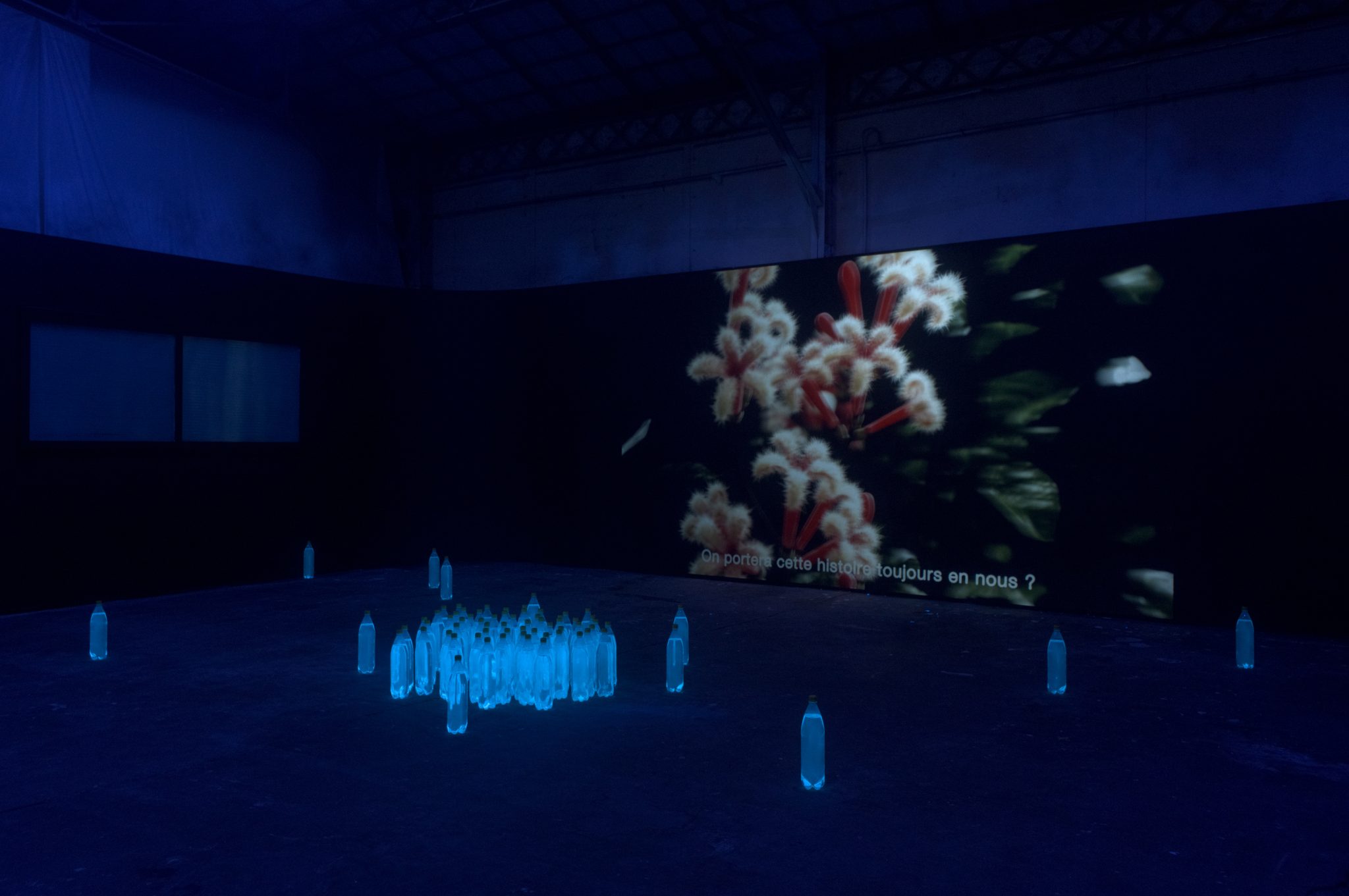Think like a shrub
We're not great at thinking from the point of view of other humans, let alone non-humans, like animals or plants. I've gone deep down this rabbithole for my final school paper, and along the way, I've been saving artworks that attempt this shift in points of views.
Oftentimes, the use of a non-human point of view is to criticize humans, and what we've done to the environment as well as the terrible ways we behave amongst humans (ie genocide, colonialism).
In the video piece called Quinquina Diaspora by Samir Laghouati-Rashwan, two plants start by their conversation by asking:
"tu sais pourquoi tout le monde s'interesse à nous en ce moment?"
"je sais pas trop"
These plants are shrubs originally from the Andes mountains whose bark fulled empire - it can be ground into a powder that treats malaria since it's high in quinine, which kept European colonists alive when invading West Africa. The plants in the artwork complain about their scientific names not suiting them (Jesuit missionaries in Peru were taught to use the bark for healing by the people already there, the Quechua people, but instead of naming it for the person who shared the wisdom, or the name of the place, or what the plant looked like, Carl Linnaeus named the plant after the wife of the count the Jesuits cured who supposedly brought the bark back to Europe... but that's not true and even though a medical historian named A.G. Haggis debunked the whole story in 1941, the tale lives on). The plants speak of the artists's friend's grandfather, a Bamiléké farmer and parlementarian who grew the plants in the volcanic lands of Western Cameroon, and the way French army "took advantage of local conflicts to serve their own interests", causing the deaths of 300 000 to 400 000 Bamiléké in the 1960 during the many struggles for independence.
The rush to grow these plants to monopolize malaria treatment fueled colonial destruction on multiple continents: Peru eventually tried to block the export of the plants, but the Dutch managed to set up monocultures in colonized Indonesia. The USA tried to set up plantations in Costa Rica during the WWII. Securing quinine supply was essential when it was the only source of anti-malarial medicine, but now that there's artemisinins, the chemical compound first noted by Tu Youyou who turned to Chinese traditional medicine to find that something in sweet wormwood (Artemisia annua) also cured malaria. She figured it out in 1970s and got a prize for it decades later.
The quinine pills that are now not as needed have been widely used off label as abortifacients in China, and mostly now you'll find quinine in tonic water (of gin and tonic fame). Fun fact: quinine glows under ultraviolet light.
